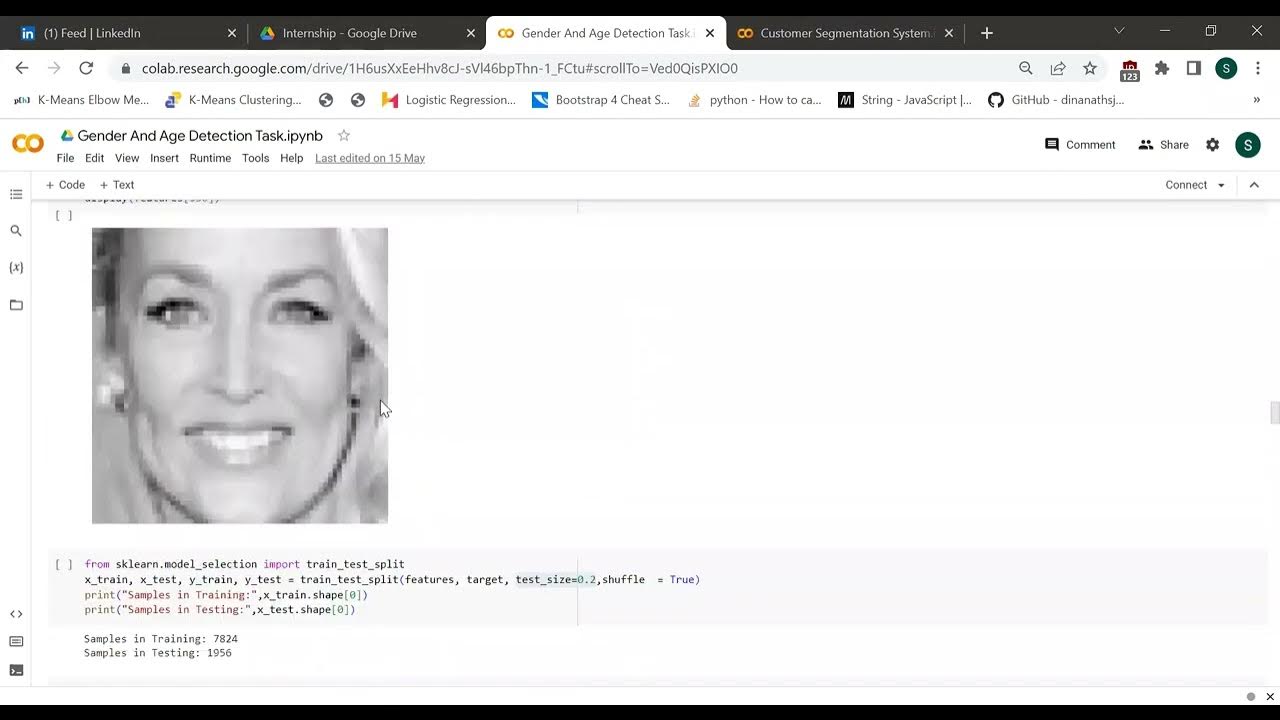A Turing Machine - Overview
Summary
TLDRThis video showcases a project inspired by Turing's 1937 paper on computable numbers, featuring a machine that reads, writes, and erases data on a tape. Central to its operation is a read/write head controlled by servos, with a line scan camera for character recognition. The machine uses a motorized tape transport system and a control console for program management. Users can load programs from SD cards, with a binary counting example demonstrating its functionality. The video concludes with the machine halting upon reaching a defined state, highlighting its complexity and innovative design.
Takeaways
- 🛠️ The project aims to create a machine inspired by Turing's 1937 paper on computable numbers.
- 📜 The machine features a read/write head that can write, read, and erase data on tape.
- 🖊️ Writing on the tape is accomplished using a standard fine-point marker, moved by a servo.
- 🔄 The tape transport is managed by cogs and a stepper motor, ensuring accurate movement.
- 📷 A TSL 1401 line scan camera reads the characters from the tape, capturing 128 grayscale pixels.
- 💡 LEDs provide uniform illumination for optimal camera function while reading the tape.
- 💻 The control console includes a display board and a propeller chip for machine control.
- 🔄 Programs are written as simple text files and stored on SD cards for easy loading.
- ⚙️ The console allows users to load programs, define defaults, and control tape operations.
- 🔢 In the binary counting program example, the machine counts from 11 to 16 through defined transition rules.
Q & A
What was the main goal in building the Turing machine project?
-The main goal was to create a machine that embodied the classic look and feel presented in Turing's 1937 paper on computable numbers.
How does the machine read, write, and erase from the tape?
-The machine uses a read/write head capable of writing with a fine point marker and erasing with a felt-covered cylinder, controlled by servos and motors.
What type of camera is used to read the characters on the tape?
-A TSL 1401 line scan camera is used, which captures a single row of 128 grayscale pixels.
How is the tape transported in the machine?
-The tape is transported using cogs moved by a stepper motor, with one revolution of the motor corresponding to one cell of the tape.
What components make up the control console of the machine?
-The control console includes a custom display board and a parallax propeller chip for control, as well as a third PC board for powering servos and motors.
How are programs loaded and executed in the Turing machine?
-Programs are written and saved as simple text files on SD cards. Once inserted, users can browse the directory and select a program to run.
What feedback is provided to the user during program execution?
-The machine provides feedback through three LED displays showing the current machine state, tape position, and operation count, along with a four-line LCD display for transition rules.
What does the machine do when it encounters a halt state?
-When the machine reaches a halt state defined in the transition tables, it exits the loop, and control is returned to the console.
In the example program, what is the purpose of the binary counting?
-The binary counting program increments a binary number each time the tape transitions from the least significant bit to the most significant bit and back again.
Why is the video of the machine's operation sped up?
-The video is sped up to save time, particularly since the counting from 11 to 16 takes 50 operations.
Outlines

This section is available to paid users only. Please upgrade to access this part.
Upgrade NowMindmap

This section is available to paid users only. Please upgrade to access this part.
Upgrade NowKeywords

This section is available to paid users only. Please upgrade to access this part.
Upgrade NowHighlights

This section is available to paid users only. Please upgrade to access this part.
Upgrade NowTranscripts

This section is available to paid users only. Please upgrade to access this part.
Upgrade NowBrowse More Related Video

Client-Centric Consistency Models in Distributed Systems

NÓS devemos nos PREOCUPAR com o FUTURO da INTELIGÊNCIA ARTIFICIAL?

Gender and Age Detection using CNN and SVM classifier | DL Project.

Can Math Explain How Animals Get Their Patterns?

Film Pendek "Bijak Bermedia Sosial"

Homemade Sketchbook | How to Make a Sketchbook for School
5.0 / 5 (0 votes)